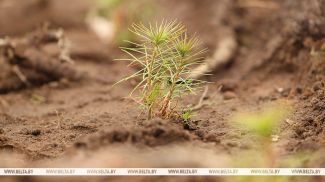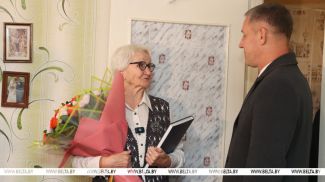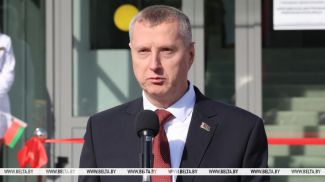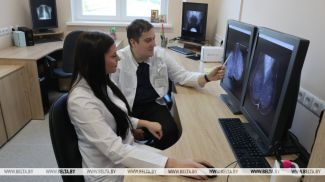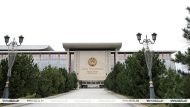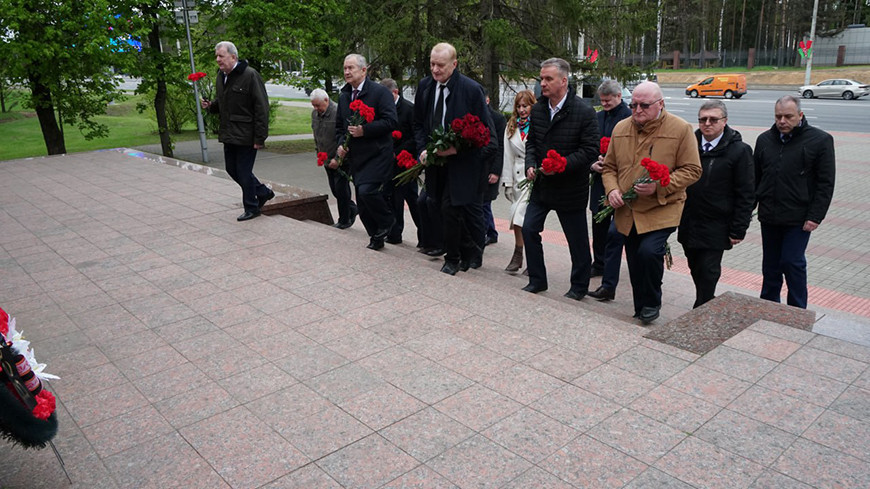
MINSK, 7 May (BelTA) – Scientists of the National Academy of Sciences of Belarus are working hard to restore the identities of those who still rest in unmarked graves, Chairman of the Presidium of the National Academy of Sciences of Belarus (NASB) Vladimir Gusakov said during a flower-laying ceremony at the obelisk to fallen prisoners of war and civilians near Minsk on 7 May, the NASB press service told BelTA.
"It is important to continue scientific research, as there are still many unknown pages of history. The truth must be conveyed to people, especially to the younger generation. The memory of the courage of Soviet citizens is part of our genetic code," Vladimir Gusakov stressed.
Speaking about the price the Soviet people paid for the Great Victory, Academician Secretary of the NASB Humanities and Arts Department Aleksandr Kovalenya remarked: "Throughout the war, approximately 34 million people were conscripted. A total of 27 million Soviet people sacrificed their lives for Victory, among them were about 3 million Belarusians."
The obelisk was installed along the highway (Moscow direction) nine kilometers from Minsk to commemorate more than 30,000 Soviet prisoners of war, partisans, and civilians who were executed and tortured by Nazi invaders between 1941 and 1943. The memorial plaque bears the names of soldiers who perished in the Uruchye area. Specialists from the Institute of History of NABS actively participated in identifying information about mass graves and fallen heroes.
In the run up to Victory Day, researchers from the National Academy of Sciences visit sites of military glory, improve the graves of scientists who participated in the Great Patriotic War, and lay flowers at memorial complexes, obelisks, monuments, mass graves, and the graves of unknown soldiers.
"It is important to continue scientific research, as there are still many unknown pages of history. The truth must be conveyed to people, especially to the younger generation. The memory of the courage of Soviet citizens is part of our genetic code," Vladimir Gusakov stressed.
Speaking about the price the Soviet people paid for the Great Victory, Academician Secretary of the NASB Humanities and Arts Department Aleksandr Kovalenya remarked: "Throughout the war, approximately 34 million people were conscripted. A total of 27 million Soviet people sacrificed their lives for Victory, among them were about 3 million Belarusians."
The obelisk was installed along the highway (Moscow direction) nine kilometers from Minsk to commemorate more than 30,000 Soviet prisoners of war, partisans, and civilians who were executed and tortured by Nazi invaders between 1941 and 1943. The memorial plaque bears the names of soldiers who perished in the Uruchye area. Specialists from the Institute of History of NABS actively participated in identifying information about mass graves and fallen heroes.
In the run up to Victory Day, researchers from the National Academy of Sciences visit sites of military glory, improve the graves of scientists who participated in the Great Patriotic War, and lay flowers at memorial complexes, obelisks, monuments, mass graves, and the graves of unknown soldiers.






